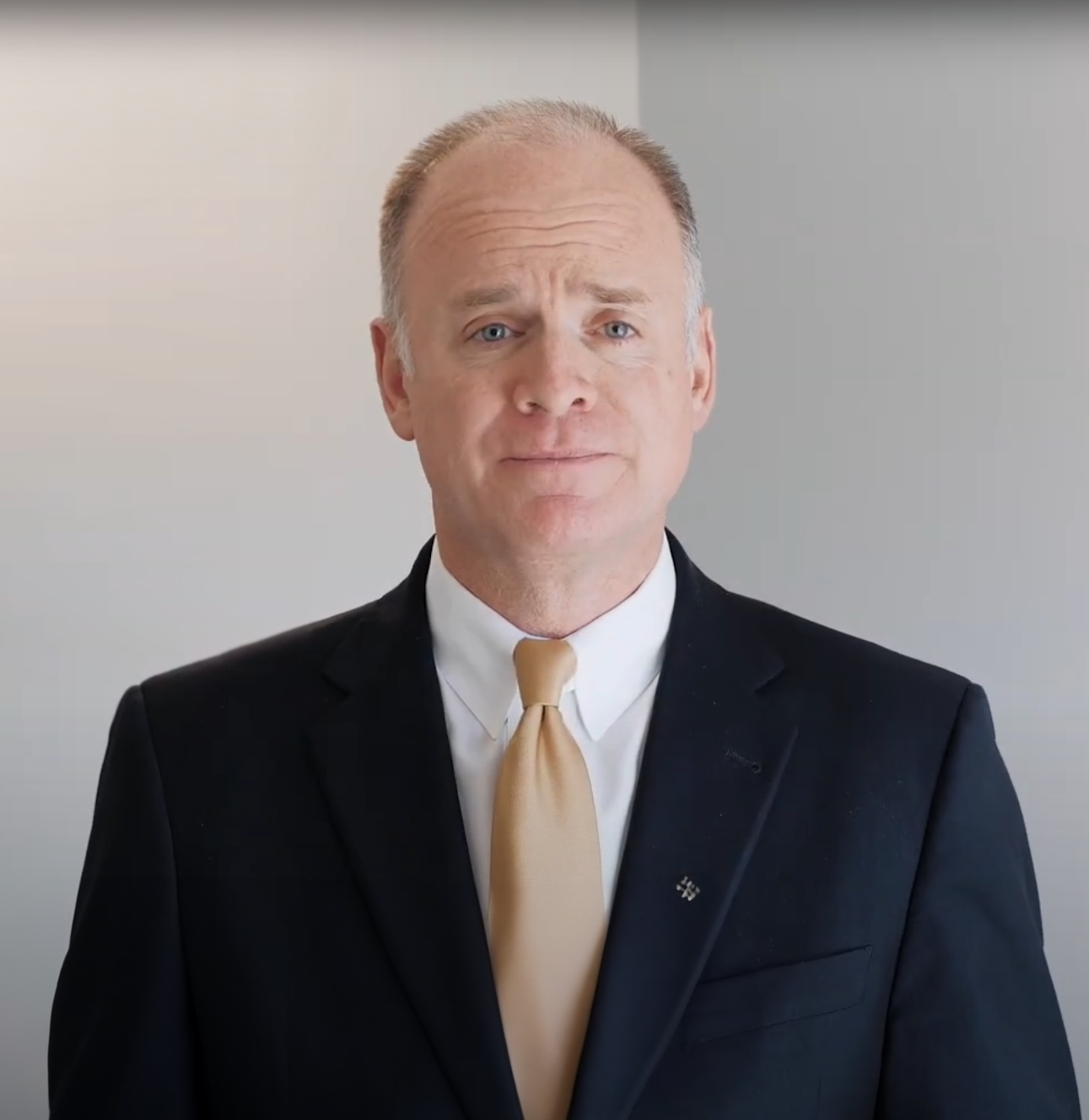At a high level you could certainly say that inflation is moving in the right direction. Right now, I believe that markets remain reticent to have faith that the Federal Reserve will not deliver another shock with regard to monetary policy though and this is adding to volatility.

As we have discussed in previous articles, at about this time last year, the Federal Reserve unveiled what has proven to be the most aggressive approach to the removal of accommodation in over 35 years.
 Looking at this chart, you can discern that inflation is definitely moving in the right direction. The concern, is whether or not we will see a second inflationary peak that might prompt the Fed to return to a more aggressive schedule of tightening. The blue line is the producer price index. This represents what it cost the manufacturer to make the item that you just purchased. The red line is the consumer price index, and this represents what you actually paid for that item. The green line is the PCE deflator. This is the Fed’s favorite measure of broad inflation. We are clearly moving in the correct direction, but the target for the PCE deflator is 2%, so we have further to go. This is not going to resolve overnight, and this is truly a marathon and not a sprint.
Looking at this chart, you can discern that inflation is definitely moving in the right direction. The concern, is whether or not we will see a second inflationary peak that might prompt the Fed to return to a more aggressive schedule of tightening. The blue line is the producer price index. This represents what it cost the manufacturer to make the item that you just purchased. The red line is the consumer price index, and this represents what you actually paid for that item. The green line is the PCE deflator. This is the Fed’s favorite measure of broad inflation. We are clearly moving in the correct direction, but the target for the PCE deflator is 2%, so we have further to go. This is not going to resolve overnight, and this is truly a marathon and not a sprint.

On that note, I believe that invokes a second state of mind that cannot be quantified on the spreadsheet. I mentioned earlier that markets seemingly do not trust the Federal Reserve, and you could characterize that as fear. Clearly, fear cannot be quantified on the spreadsheet. Neither can fatigue. I believe that market participants are just simply growing weary of the incessant, daily infatuation over higher-than-average inflation, and the slow pace with which it is resolving. We must be cognizant of the fact that states of mind are real, and while they can’t be quantified, they do have an impact on the daily movements of the markets.
There are too many individual components to discuss thoroughly within this article, so let me describe three of them. Let’s talk about inflation at the tangible goods level, the services level, and the shelter level. The first thing that I want everyone to realize is that forces that impact elements of inflation are different. We have a mixed bag of components and they are not all moving in the same direction. So, let’s take a look at inflation at the tangible goods level.
This component of inflation has improved dramatically. In large part, this is due to the fact that logistical impediments have improved. We no longer have a great number of ships at anchor waiting to enter port, we are able to deliver materials to warehouses, and manufacturers with much greater efficiency than at any time since the economy reopened. While this looks encouraging, we must understand that the forces impacting inflation at the tangible goods level are different than those that impact shelter, or services.

So let me give you this example. During COVID, we heard much about hoarding. You can buy as many rolls of toilet paper as you can fit into your car, at one time. You’re only limited by the amount of money that you have to spend on that item. Tangible goods can be purchased one at a time, or many at a time.
With regard to services on the other hand, you can only get one haircut at a time. You can’t go to your favorite barber and get 10 haircuts at one time. So, the forces that impact inflation at the services level are going to be different, and thus the inflationary pressures will abate differently than they do when it comes to tangible goods.
Inflation at the services level is also moving in the right direction. It also seems to be abating, but it will do so at a slower pace than for tangible goods.
So again, back to the haircut example, for a long time we could not go to the theater to see a movie, or to a barbershop, or to a restaurant, or to get a massage. The purveyors of those services received some income through programs like the payroll protection plan, but that isn’t a substitute for being employed. There was definitely a loss of income for the purveyors of services while the economy was closed. Again, you can’t consume multiple services at one time.

So, when the economy reopened, if I am a barber and previously charged $25 for a man’s haircut, I began to charge $40 for that same haircut. This was my attempt to recoup income that was lost while the economy was closed. The problem with this is that you can only charge so much for the same service before a competitor begins to undermine you by offering the same haircut for $35.
Well, I will be incentivized to lower my price when I begin to lose customers to that competitor. You can price yourself out of the economy if you raise your fee for services beyond a certain point. I believe we have seen that, incomes have largely normalized, and inflation at the services level, broadly, is moving in the right direction albeit more slowly than what we observe with tangible goods. The reason is simply that the forces impacting inflation at the services level are unique, and different from forces that impact inflation in other areas.
As it pertains to shelter, things are becoming worse. You could argue that while the Fed is attempting to control inflation at a headline level, it is making inflation at the shelter level worse.
 Last year at about this time the Federal Reserve described their plans to pursue targets of tightening, and it went beyond just raising the discount rate. It also involved unwinding its balance sheet of assets that were acquired over a 30-month period of time when the printing of new money debased the currency by 36%. The Fed’s balance sheet ballooned to a historically precedent-setting level. They must unwind this in an orderly fashion, because if they don’t it could create a larger problem than the one they are attempting to solve.
Last year at about this time the Federal Reserve described their plans to pursue targets of tightening, and it went beyond just raising the discount rate. It also involved unwinding its balance sheet of assets that were acquired over a 30-month period of time when the printing of new money debased the currency by 36%. The Fed’s balance sheet ballooned to a historically precedent-setting level. They must unwind this in an orderly fashion, because if they don’t it could create a larger problem than the one they are attempting to solve.
Unwinding the balance sheet means that they are selling the bonds that they purchased with printed money, in the open global market. As I have mentioned before, there seems to be a glut of U.S. Treasury debt on the open global market at this time as a result. At a high level, if you have too many things for sale, and too few buyers for those things, prices will go down. There is an inverse relationship between price and yield. As prices drop, yields rise. Mortgages are tied to those yields. In December of last year, Fannie Mae told us that the average rate for a 30-year amortizing mortgage was above 7%. In February of last year, it was at 2 ½%.
In March of last year, Case Shiller told us that real estate had never been more nominally, or relatively expensive, and this was the month when the Fed began tightening. So, at a point when real estate was at a relative high, the cost of affording that real estate began to rise. By the end of the year this squeezed many people out of the housing market, and into multifamily dwellings like apartments, condominiums, and other rental forms of shelter.
Well, if I am a landlord, and the thing that I own is being sought by three times as many people, clearly I will raise the rent that I charge for that space of shelter. So, shelter in all of its forms continues to move higher, and this will likely not abate anytime soon, so long as the Federal Reserve continues to unwind its balance sheet, and bond yields remain higher, thus having an upward pressure on mortgage rates, and rents by extension.
That which rose like a rocket, will descend like a feather, and that’s just the financial physics behind tightening. It remains to be seen if the Fed will be successful in the soft landing they are attempting to achieve, but so far, I do not see anything that I can quantify on a spreadsheet that would lead me to believe that the Federal Reserve will be incentivized anytime soon to return to a more aggressive posture of tightening.
Over the course of the year, if the Fed remains consistent with its messaging, and its actions, I anticipate that markets will increasingly find faith that the Fed will not shock them again. As this happens, I believe volatility will return to more normal levels, and I also believe this will incentivize market participants to reprice for the risk that previously made assumptions about the economy were wrong. Said another way, I believe it is possible that the market could be positive this year as fear abates, the Fed remains consistent, and inflation continues to gradually move in a lower direction.
(*) David R. Guttery, RFC, RFS, CAM, is a financial advisor, and has been in practice for 31 years, and is the President of Keystone Financial Group in Trussville. David offers products and services using the following business names: Keystone Financial Group – insurance and financial services | Ameritas Investment Company, LLC (AIC), Member FINRA / SIPC – securities and investments | Ameritas Advisory Services – investment advisory services. AIC and AAS are not affiliated with Keystone Financial Group. Information provided is gathered from sources believed to be reliable; however, we cannot guarantee their accuracy. This information should not be interpreted as a recommendation to buy or sell any security. Past performance is not an indicator of future results.







